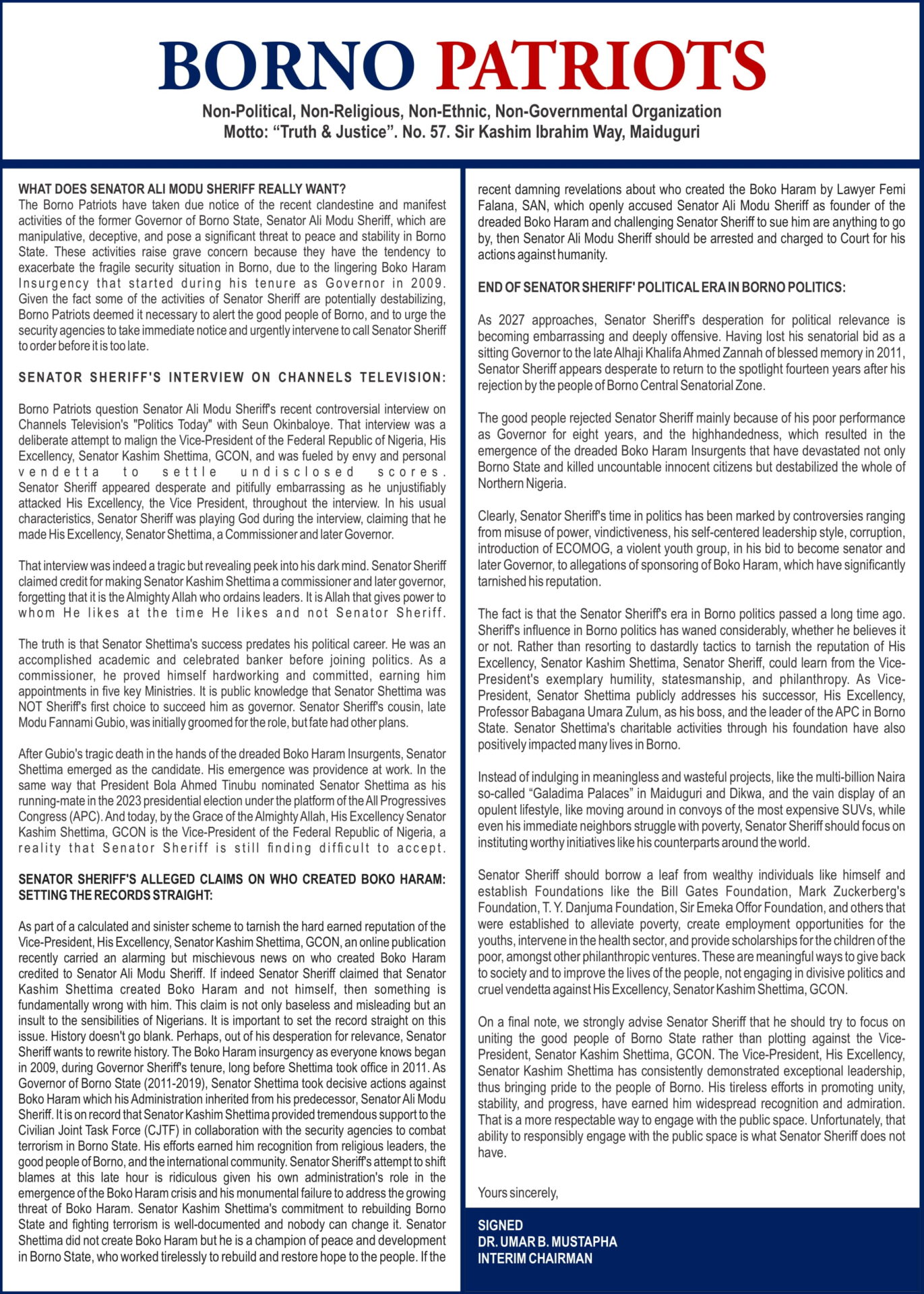NIGERIA is reeling from one of its deadliest flood disasters in recent years, with at least 165 people confirmed dead and over 119,000 others affected across 19 states as of August 16, 2025.
The grim statistics were disclosed by the Nigerian Television Authority (NTA) through its official X account cited by News Point Nigeria, which provided a detailed “2025 flood dashboard.”
According to the update, 82 people remain missing, 138 injured, and 43,936 displaced.
The floods have torn through communities, submerging homes, farmlands, and critical infrastructure. A total of 8,594 homes have been destroyed or damaged, while 8,278 farmlands have been washed away, worsening Nigeria’s already fragile food security situation.
Demographic data paints a dire picture of the victims: 53,314 children, 36,573 women, 24,600 men, 5,304 elderly persons, and 1,863 people with disabilities have been affected, highlighting the disproportionate burden on the most vulnerable groups.
The worst-affected states include Imo, Rivers, Abia, Borno, and Kaduna, with reports of widespread displacement and loss of livelihoods.
Other states impacted are Abia, Adamawa, Akwa Ibom, Anambra, Bayelsa, Borno, Edo, Gombe, Imo, Jigawa, Kaduna, Kano, Kogi, Kwara, Niger, Ondo, Rivers, Sokoto, and the Federal Capital Territory (FCT).
In total, 43 Local Government Areas (LGAs) have reported severe flooding, leaving local authorities overwhelmed.
The scale of the disaster has triggered urgent appeals from humanitarian organisations, state governments, and aid groups for food supplies, temporary shelters, medical aid, and psychosocial support for displaced families.
Community leaders say many victims are currently taking refuge in schools, churches, and makeshift camps, with overcrowding raising fears of outbreaks of waterborne diseases.
Disaster management experts have cautioned that the situation may worsen as the rainy season continues. Communities along riverbanks, flood plains, and low-lying areas remain on high alert.
An emergency management expert, Muktar Dan Liman while speaking to News Point Nigeria on the figures, urged both federal and state authorities to strengthen early warning systems, improve drainage infrastructure, and coordinate rapid response measures to mitigate further casualties.
“The floods have exposed gaps in preparedness. Without immediate interventions, we risk seeing an even higher death toll in the weeks ahead,” Dan Liman warned.
The Federal Government’s emergency agencies are yet to release a consolidated national response plan, but observers insist time is running out.
The floods, coming amid Nigeria’s economic challenges, have amplified calls for climate adaptation policies and stronger collaboration between governments and humanitarian partners.
As families mourn their dead and tens of thousands struggle in displacement camps, the 2025 floods are shaping up to be a national emergency with long-term humanitarian, economic, and social implications.







